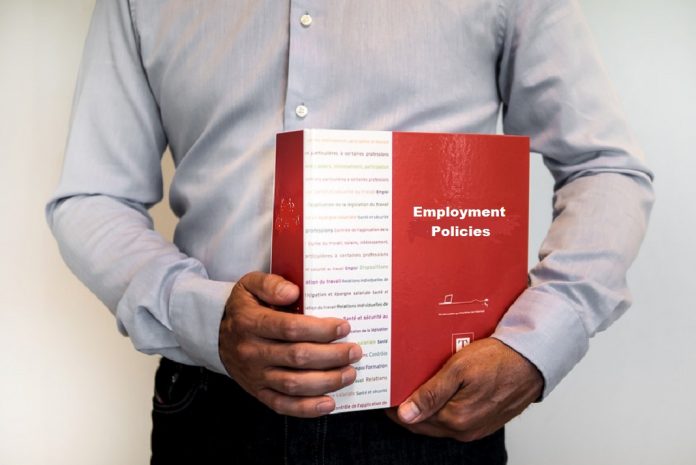by Katie Doyle, Associate Solicitor on the Employment Law & Benefits team at
Mason Hayes & Curran
Section 12 of the Redundancy Payments Acts 1967 to 2014 (the Act) provides that employees who have been laid off, or kept on short-time, for:
- Four or more consecutive weeks, or
- A series of six or more weeks, of which not more than three are consecutive, within a 13-week period, can give their employer notice of their intention to claim a redundancy payment.
This is commonly known as “triggering redundancy”.
The employee will then be entitled to a statutory redundancy payment unless the employer serves a counter-notice. The counter-notice must confirm that within four weeks, the employer reasonably expects to be able to provide at least 13 weeks of employment.
During the pandemic, as an emergency measure, this statutory right of employees to trigger redundancy was suspended. This was to assist employers who were under financial pressure, and to reduce the number of insolvencies and permanent job losses over the course of the pandemic.
However, from 30 September 2021, laid off employees once again have the right to trigger redundancy and to claim a statutory redundancy payment, provided they meet the relevant criteria.
Statutory redundancy payment
In order to qualify for a statutory redundancy payment, employees must have at least 104 weeks’ continuous service. Employees continue to accrue continuous service while on lay-off. However, certain absences from work, such as periods of lay-off, are not deemed to be “reckonable service” for the purposes of calculating a statutory redundancy payment.
Therefore, throughout the pandemic, employees who were laid off from work lost reckonable service for the purposes of any redundancy payment which may follow. In recognition of this, and to compensate affected employees, the Government has announced a new special payment of up to €1,860 to employees who have been made redundant and who have lost out on reckonable service while laid off during the pandemic. This payment will be made available in the first half of 2022.
Social Insurance Fund
The Government has also announced additional funding for employers who find themselves under financial pressure to meet statutory redundancy payment obligations. The Government will fund statutory redundancy payments from the Social Insurance Fund. Recovery of these debts from employers will be done in a flexible manner. For example, in many cases, the debt will be able to be repaid by an employer over a number of years.
Conclusion
The key takeaways of the Government’s announcement
- A special payment of up to €1,860 will be made to employees made redundant who have lost reckonable service during the pandemic
- From 30 September 2021, employees are able to trigger redundancy in the normal way and claim statutory redundancy
- The Social Insurance Fund will assist employers who are unable to make statutory redundancy payments
The content of this article is provided for information purposes only and does not constitute legal or other advice.
About the author
Katie Doyle is an Associate Solicitor on MHC’s Employment Law & Benefits team and advises on both contentious and advisory aspects of the employment relationship. Katie advises clients on a daily basis on a range of workplace issues including employment contracts and workplace policies, grievances, redundancies, disciplinary investigations and dismissals.









































